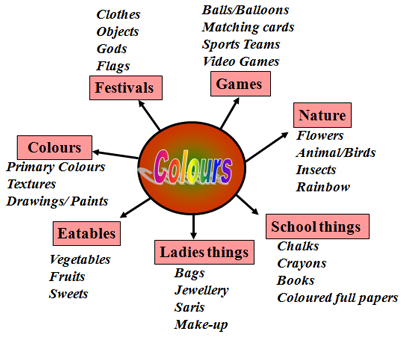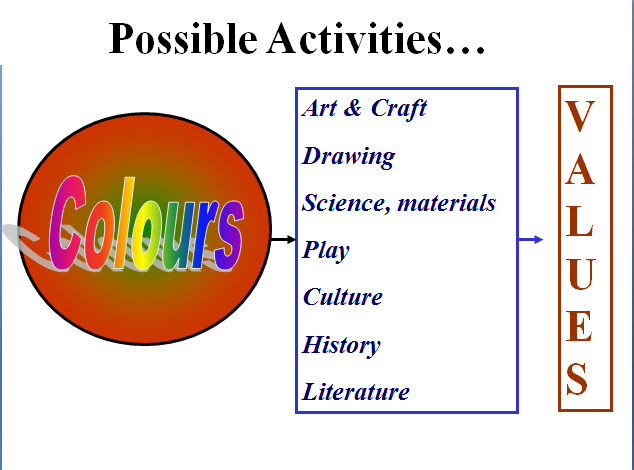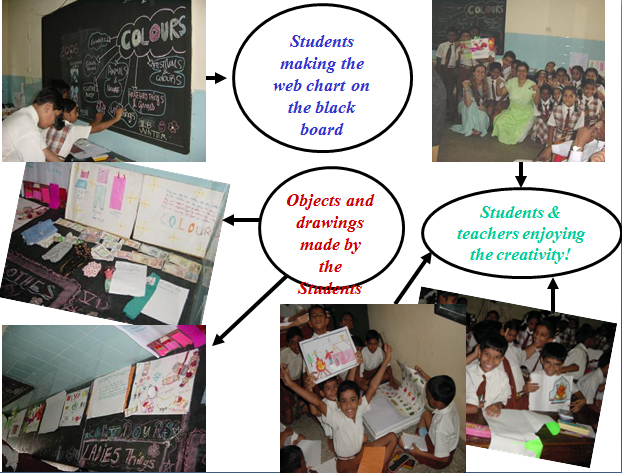Experiential Learning
Anubhav Janya Shiksha
Literal meaning:
To learn what you experience
OLD PROVERB
“I hear, I forget
I see, I remember
I do, I understand”
Essential Characteristics
Intra-Integration
Inductive Approach to teaching
A way to view the whole World
in a holistic manner
Today’s education gives information only
*Experiential Learning helps the child to
understand the truth & relate it to his/her
life & absorb it.
*It helps the child to learn how to gather and organize information
*Therefore, the child learns through his/her own experienceAdvantages
- Responsibility
- Initiative
- Adjustment
- Co-operation
- Co-ordination
- Self-confidence
Long Lasting
Motivation
Radiant thinking
Radiant Thinking – An Example

MIND MAPPING
•It is an expression of radiant thinking
•It unlocks the potential of brain
A store room properly arranged
Hence, Mind Mapping increases mental
storage capacity
MIND MAPPING HELPS IN:
Steps involved
in
“Experiential Learning”
The Process
Step 1
Calm the students (restful state of mind)
- Prayer
- Silent sitting
Step 2
A theme is given to the students by
writing it in the centre of the board
**The theme should be of interest to the
children
**Children should have some knowledge about the topic
Step 3
This is known as Mind Mapping

Step 4
This is known as web-charting
the students
categorize on the basis of subjects

Step 5

Step 6
• Pre-presentation
Step 7

Points to be remembered
Let’s go and put it into practice!